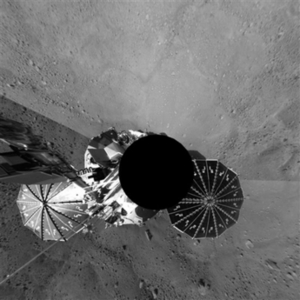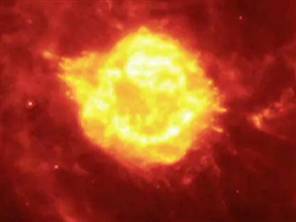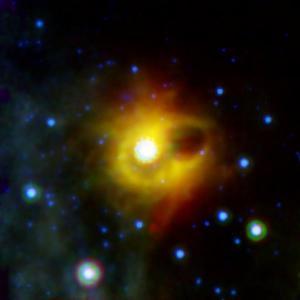Scientists for the Phoenix Mars Lander are wrestling with an intermittent short circuit on the spacecraft.
The problem is in a device that will analyze ice and soil dug from the planet's surface, the scientists said Friday. The short circuit was found during testing done before the mission's experiments get under way.
The short circuit isn't considered critical, said William Boyton of the University of Arizona's Lunar and Planetary Laboratory. Boynton is in charge of the device that will heat and analyze samples scooped up by the lander's robotic arm.

|
| ©AP Photo/NASA/JPL-Caltech/University of Arizona
|
| The Surface Stereo Imager Right on NASA's Phoenix Mars Lander acquired the individual images that are combined into this one view, provided by NASA, Thursday, May 29, 2008. The spacecraft successfully freed its 8-foot robotic arm from the restraints that kept it folded up and protected from vibrations during the launch and landing, scientists said Thursday. Preparations are now under way to partially flex the arm.
|

